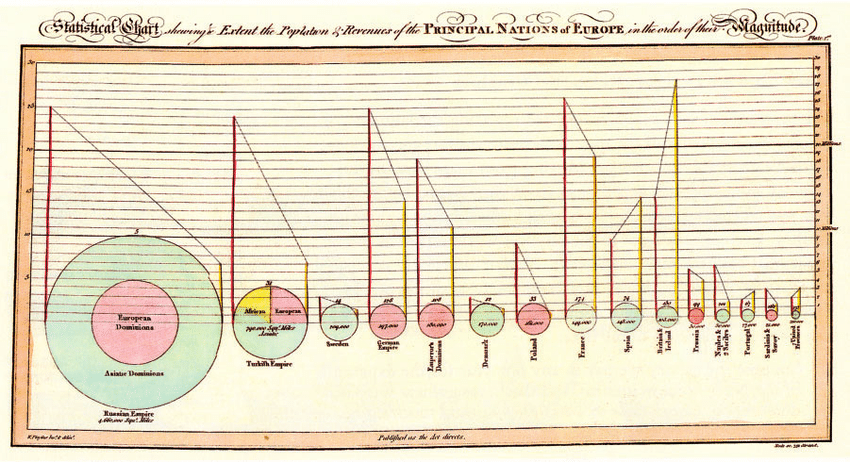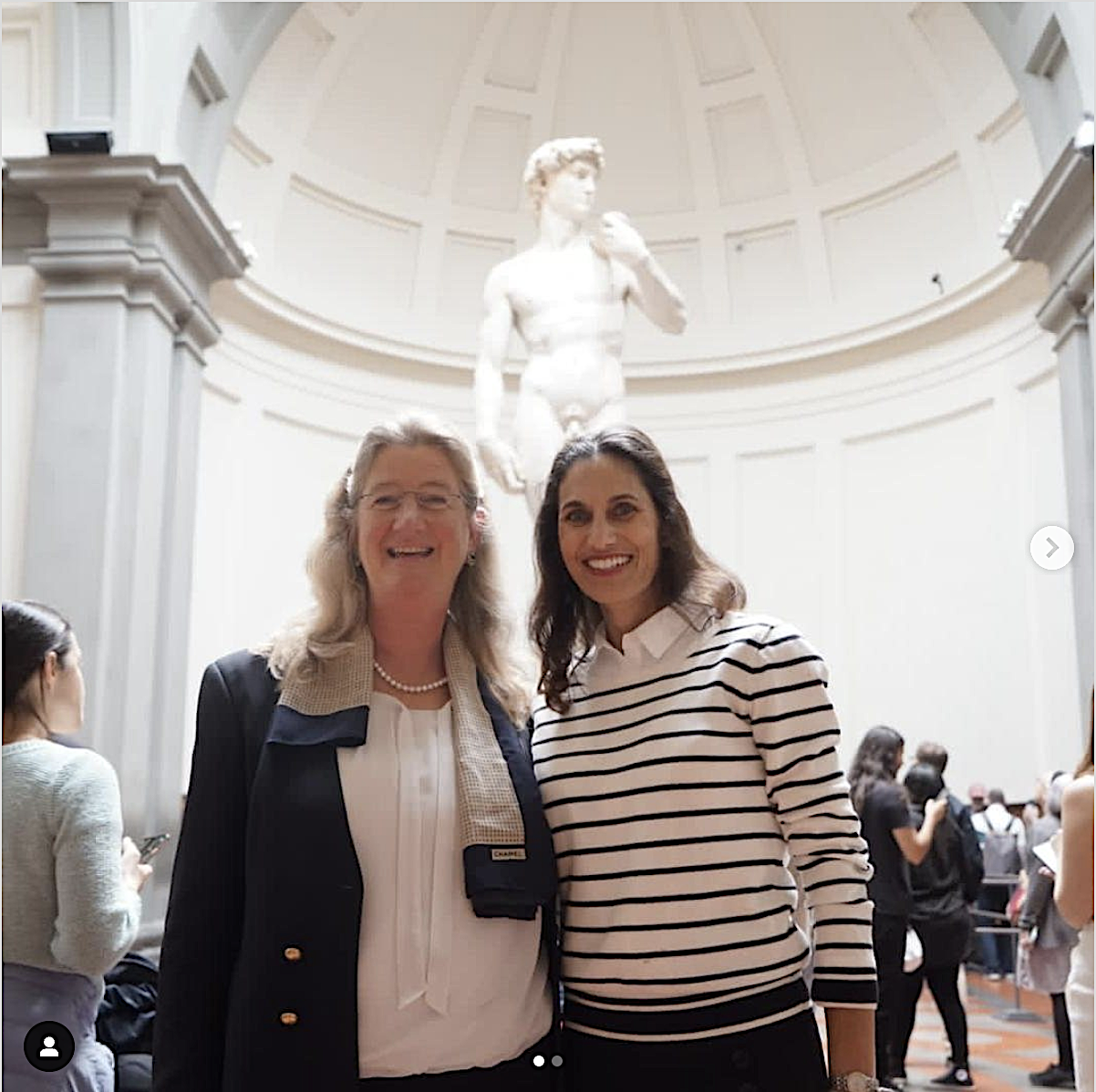The phrase “to throw down the gauntlet” means to issue a challenge, and this is understood all over the English-speaking world — even by those who have no idea what, exactly, a gauntlet is. “The word itself comes from the French word gantelet, and referred to the heavy, armored gloves worn by medieval knights,” writes History.com’s Elizabeth Harrison. “In an age when chivalry and personal honor were paramount, throwing a gauntlet at the feet of an enemy or opponent was considered a grave insult that could only be answered with personal combat, and the offended party was expected to ‘take up the gauntlet’ to acknowledge and accept the challenge.”
How many of us, here in the twenty-first century, have ever literally taken up a gauntlet? Adam Savage never has, which may come as a surprise to fans of the former MythBusters co-host and enthusiast of combat technologies past, present, and future.
Or at least he hadn’t until making the new video above, which finds him in the Metropolitan Museum of Art’s Arms and Armor conservation lab. There, armorer Ted Hunter has opened up the museum’s “gauntlet drawer” and laid out an array of genuine examples for Savage to take up, all of them made in Germany or Italy in the sixteenth century.
Each of these gauntlets was made in a different style, with details like a fine-meshed chain mail underside (to make it easier to keep a grip on your sword) or even a locking spring catch (to make it impossible to let go of your sword at all). Savage marvels at these features, but also the visibly painstaking craftsmanship that went into every aspect of these gauntlets’ construction, which he has more than enough experience to understand. His enthusiasm and knowledge are evidenced by the wealth of armor-related videos on his Youtube channel, including a series about building his own full suit of armor, a challenge that it was inevitable he would set himself against — a gauntlet, in other words, he both threw down and took up.
Related content:
How to Make and Wear Medieval Armor: An In-Depth Primer
How Well Can You Move in Medieval Armor?: Medievalist Daniel Jaquet Gives It a Try in Real Life
How to Get Dressed & Fight in 14th Century Armor: A Reenactment
What It’s Like to Actually Fight in Medieval Armor
What’s It Like to Fight in 15th Century Armor?: A Surprising Demonstration
Watch Adam Savage Build Barbarella’s Space Rifle in One Day
Based in Seoul, Colin Marshall writes and broadcasts on cities, language, and culture. His projects include the Substack newsletter Books on Cities, the book The Stateless City: a Walk through 21st-Century Los Angeles and the video series The City in Cinema. Follow him on Twitter at @colinmarshall or on Facebook.








